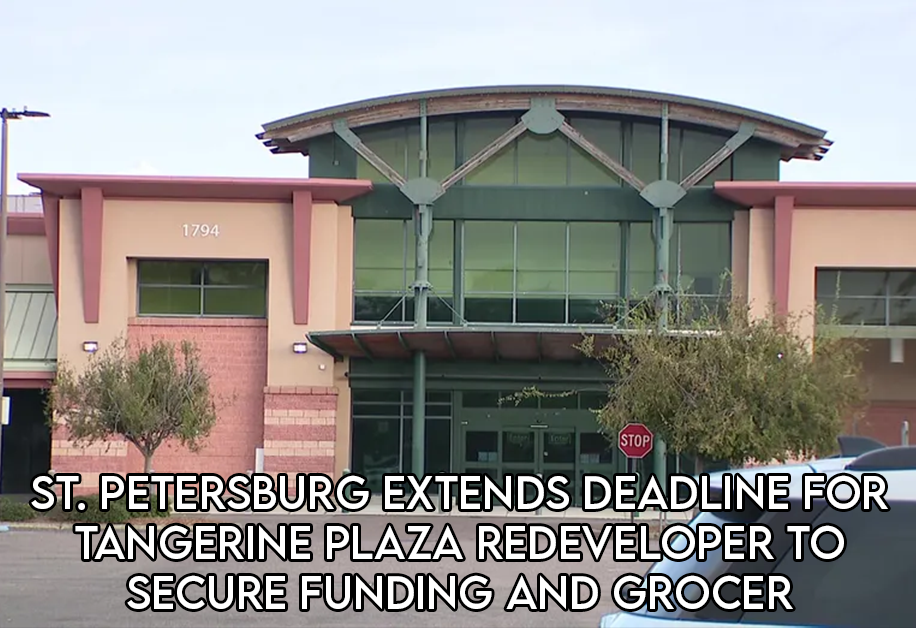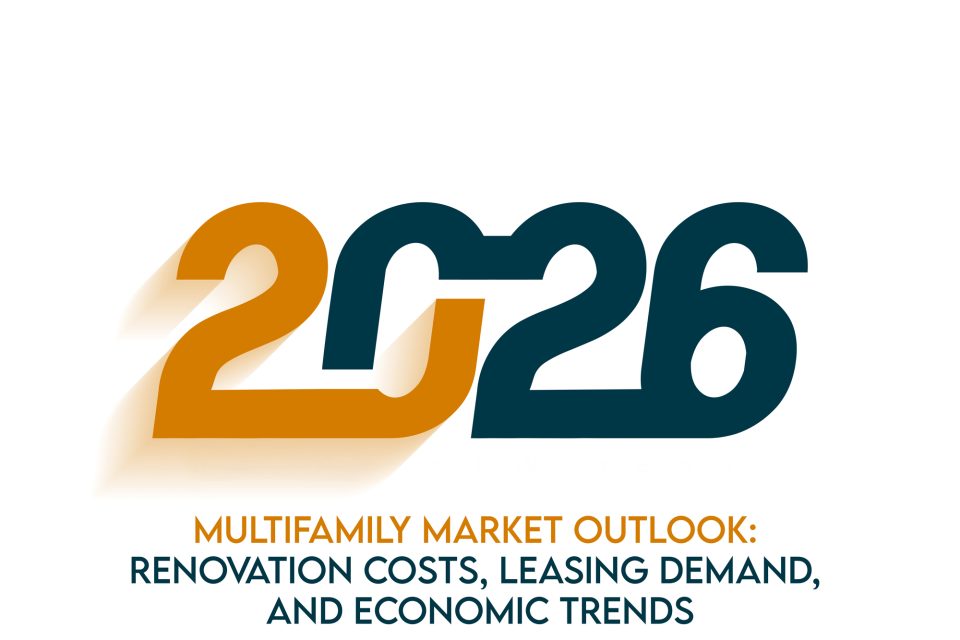
The Multifamily Industry in 2025: Pros, Cons, and Impacts on Property Managers Across the USA
November 22, 2024
Best Practices for Property Managers: Spreading Love and Community Spirit on Valentine’s Day
November 26, 2024Essential Features to Look for in Modern Door Locks
When it comes to securing your home or property, choosing the right door lock is crucial. Modern advancements in lock technology have made it easier than ever to find locks that are not only secure but also convenient and stylish. Here's a guide to the essential features you should consider when selecting a modern door lock.
1. Smart Lock Integration
In today’s digital age, smart locks are becoming the go-to option for homeowners. These locks integrate with your smartphone or smart home system, allowing you to lock or unlock doors remotely. Features like voice control compatibility with devices like Alexa or Google Assistant, and smartphone notifications when the lock is engaged, provide both security and convenience.
2. Keyless Entry Options
Keyless entry systems eliminate the need for traditional keys, reducing the risk of losing them. Options include:
- Keypads: Enter a PIN code to unlock.
- Biometric locks: Use your fingerprint for access.
- Bluetooth-enabled locks: Automatically unlock when you’re within a certain range.
3. Durable Construction Materials
A good lock should be built to withstand tampering, weather conditions, and wear over time. Look for locks made from materials like:
- Hardened steel: Resists drilling and cutting.
- Brass or stainless steel finishes: Offer rust resistance and durability.


4. Enhanced Security Features
Modern locks often come with features to enhance security, such as:
- Anti-pick technology: Prevents lock picking.
- Bump-proof designs: Protects against lock bumping.
- Tamper alerts: Notify you of unauthorized access attempts.
5. Multiple Unlocking Methods
The most versatile locks allow you to choose from multiple unlocking methods. For example, a single lock might offer a physical key, keypad, smartphone app, and biometric access, ensuring you’re never locked out even if one method fails.
6. Battery Backup or Emergency Power Options
For electronic locks, a backup power solution is essential. Many modern locks have:
- Battery indicators: Alert you when power is low.
- Emergency key slots or external power ports: Ensure access even when the battery dies.
Streamlining Staff Involvement
7. Aesthetic Appeal
Modern locks don’t have to sacrifice style for functionality. Many options come in sleek, contemporary designs with finishes to match your home’s decor, such as matte black, satin nickel, or brushed brass.
8. Easy Installation and Compatibility
Choose a lock that fits standard door setups for straightforward installation. Some modern locks are designed to retrofit your existing hardware, making the upgrade simple and cost-effective.
9. Advanced Access Controls
Access management is a key feature for properties with multiple users. Features to look for include:
- Temporary access codes for guests or service providers.
- Usage logs to track who enters and exits.
- Customizable access schedules for different users.
Final Thoughts
Investing in a modern door lock isn’t just about safety but creating a secure, convenient, and stylish entryway. Whether upgrading your home or managing a multifamily property, choosing the right lock with the features above can provide peace of mind and elevate your property’s appeal.
Need help selecting the perfect locks for your property? Contact Think Construction Services for expert advice and installation.
Would you like assistance formatting this further or tailoring it to a specific audience?





